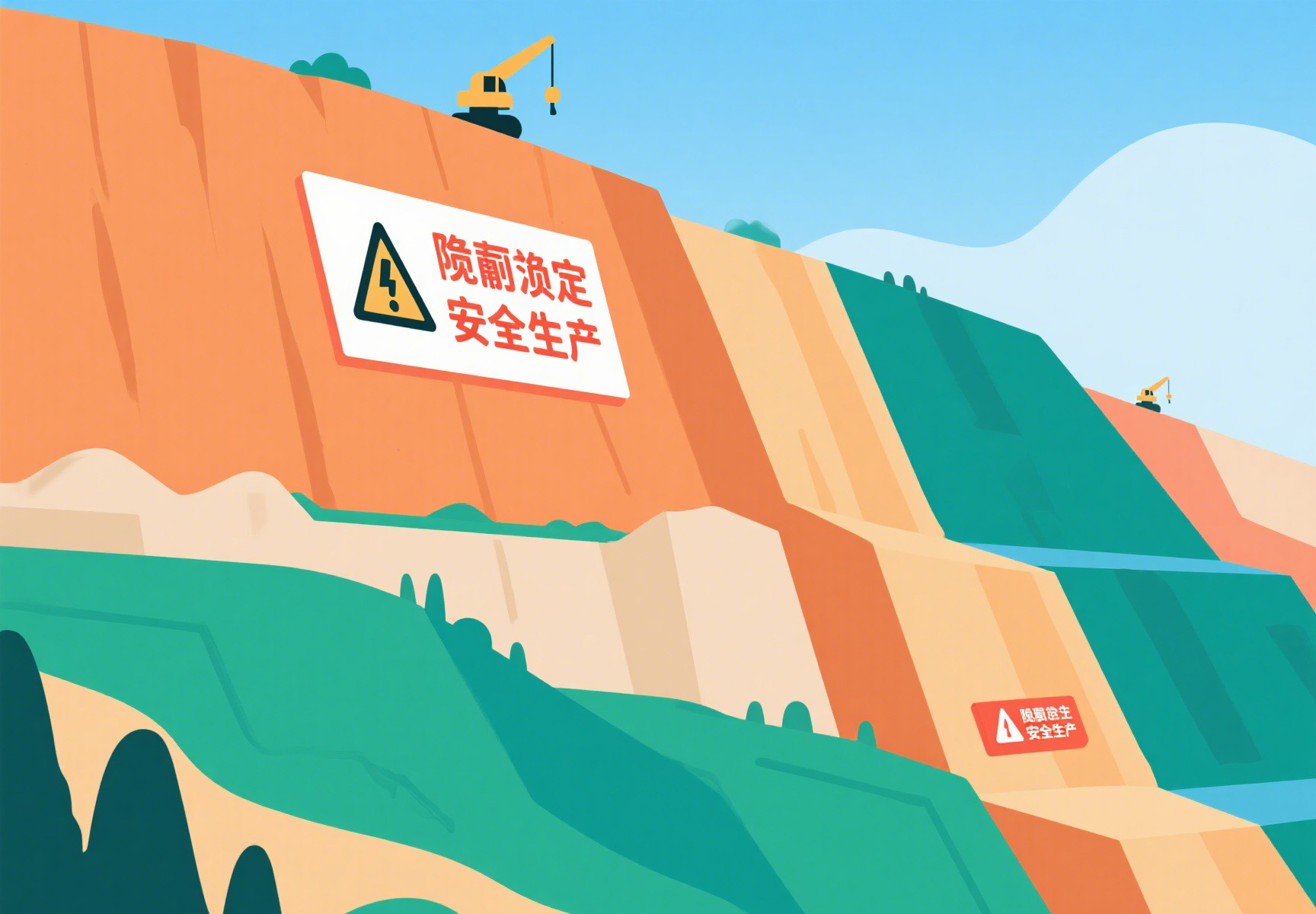XIE Tao, CAI Jun, FAN Liyun, XU Shengcai
It is difficult to simulate and analyze distribution of seepage field for the slope at the entrance of excavated tunnel during heavy rainfall. Aiming this problem, a slope project at a tunnel entrance was taken for study, and FISH language in the FLAC3D was redeveloped to determine the permeability coefficient of soil under different saturation state during rainfall infiltration, and the boundary conditions for rainfall infiltration were updated in real time. In addition, the pore water pressure, matrix suction distribution, as well as safety and stability of the slope at the tunnel entrance after different support schemes were all analyzed with different rainfall durations. The results showed that after 24 hours of heavy rainfall, the slope before and after a combined support including anti-slide piles and anchor cables all reached saturation state, that is, the saturation line ran through from the foot to the crest of the slope, while the slope, after benching and being supported with bolt, had its surface soil from the foot to the secondary platform of the slope under a saturated state. As for the slope at tunnel entrance supported by anti-slide pile combined with anchor cable, the variation law of its safety factor during rainfall was consistent with that of the slope without support treatment, showing that the factor of safety tended to be stable after an initial rapid decrease, and gradually reached 1.2. As for the slope after benching and being support with bolt, its factor of safety decreased a little and maintained above 1.8. It is concluded that the factor of safety, excavated earthwork quantity and total investment for the support scheme should be taken into consideration before starting a slope engineering at a tunnel entrance, and a combined support scheme including anti-slide pile and anchor cable is superior to the scheme including benching and support with bolt.




